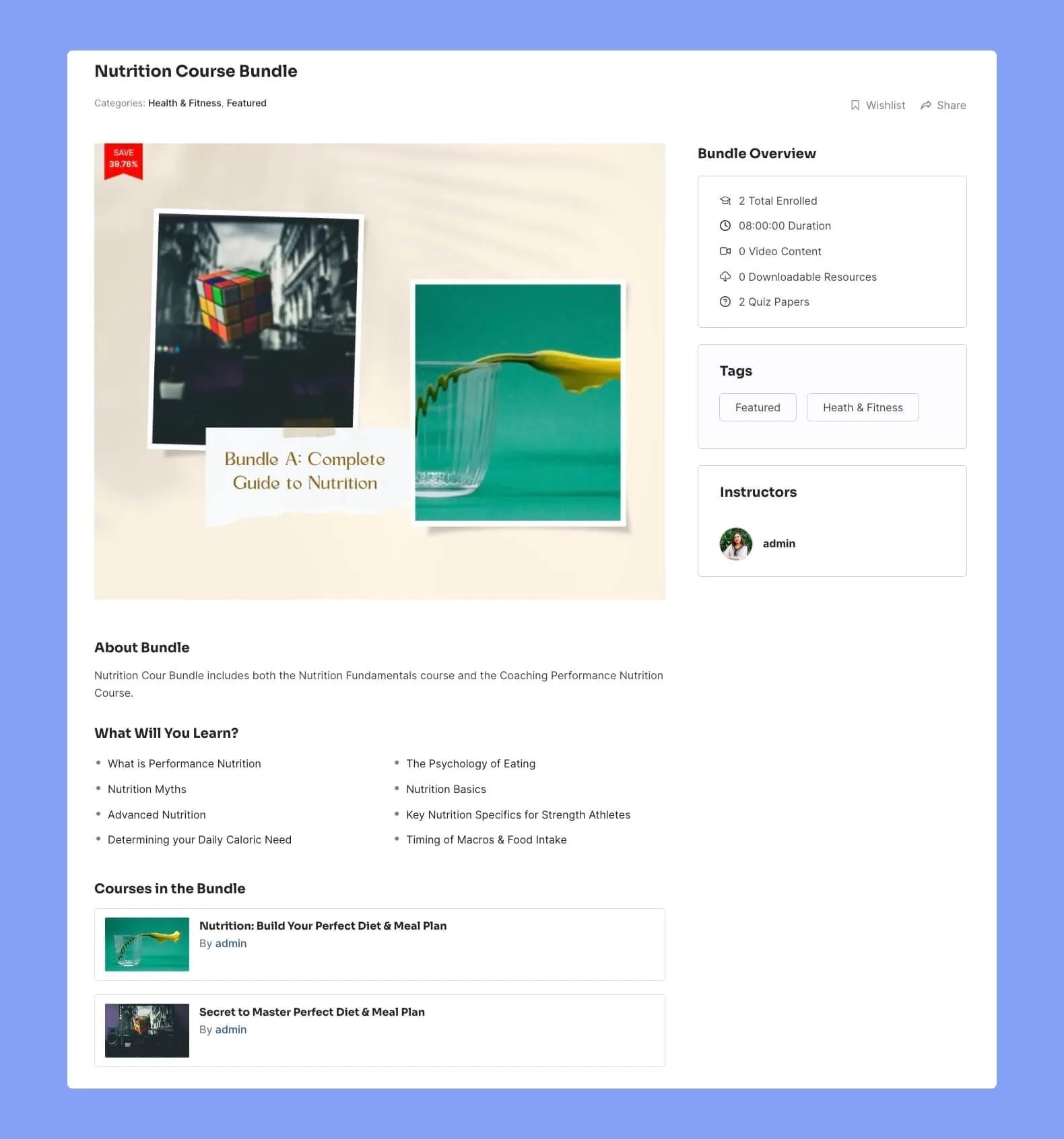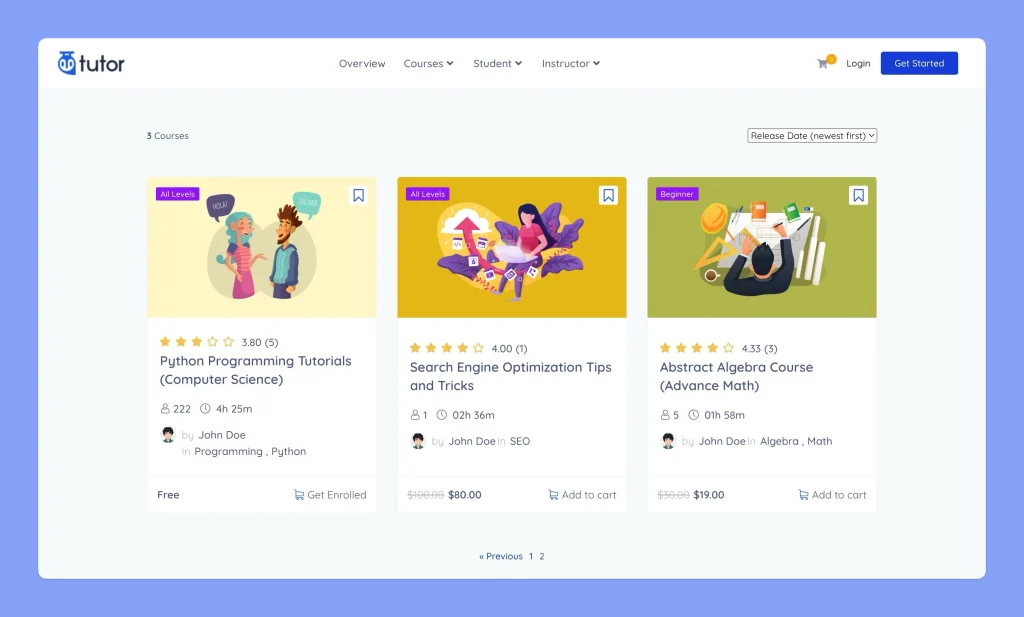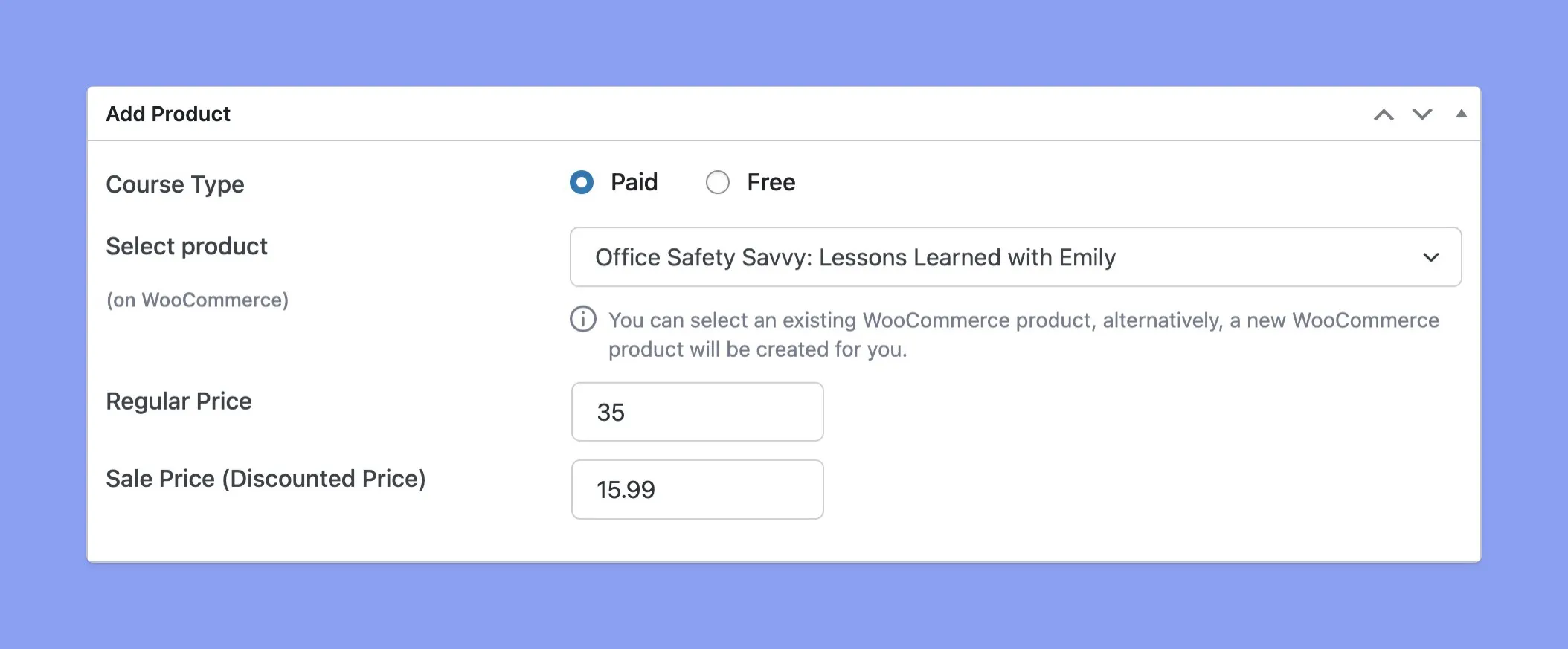The Ultimate Guide To Finding The Perfect Discount Pricing Strategy For Your eLearning Business

Everyone loves a discount, right? Who doesn’t enjoy snagging a great deal or feeling like they have outsmarted the system with a clever coupon code? But as an eLearning entrepreneur, the question isn’t “Should I offer discounts?”, it’s “What kind of discount strategy will actually benefit my business?”
That’s where things get a bit tricky. Too many discounts can cheapen your brand and leave you struggling to make ends meet. Too few, and you might miss out on attracting new learners or rewarding loyal ones. It’s a balancing act, to be sure.
So, buckle up, friend, because, in this ultimate guide, we are diving deep into the world of discount pricing strategies. We will explore the different types of discounts, the psychology behind why they work (or don’t), and – most importantly – how to craft a strategy that boosts your bottom line without sacrificing your brand’s integrity. Whether you’re a seasoned pro or just starting out, this guide will arm you with the knowledge you need to make smart, informed decisions about discounts. Let’s get started, shall we?
Should You be Offering a Discount?
Let’s tackle the million-dollar question: Should you be offering discounts on your eLearning courses?
The truth is, there’s no one-size-fits-all answer. It depends on your specific situation, goals, and target audience. But don’t worry, we’ll break it down together.
- Are you new in the eLearning world? Discounts can be a fantastic way to attract new students and get your foot in the door. Think of it as a warm welcome hug for those curious about your courses.
- Do you have a loyal following? If you have a group of dedicated students, offering them exclusive discounts can show your appreciation and keep them coming back for more. It’s like giving them a VIP pass to your learning club!
- Is your market jam-packed with competitors? Well, then strategic discounts might just be your secret weapon to stand out from the crowd. A well-timed price drop can entice potential students who might be on the fence.
- Are your sales feeling a bit sluggish? A limited-time discount can inject some excitement and give those numbers a much-needed boost. It’s like a shot of adrenaline for your business!
So before giving discounts, think about how it will impact your profits. Discounts cost you money, so the benefits have to be worth it. Also, too many discounts can make your courses seem less valuable.
One way to save money is to use a good online learning platform and avoid expensive third-party sites. So let’s learn how the right platform can really help eLearning businesses like yours!
Why Using an LMS Is a Cost-Effective and Efficient Option for Elearning Business Owners
While you could put your online courses on big sites like Udemy and Skillshare, these platforms give you little control over your brand or pricing. But using your own Learning Management System (LMS) is actually a smarter, more cost-effective choice. Here’s why:
- No revenue sharing – Third-party sites take a chunk of your course sales. An LMS lets you keep 100% of your revenue.
- Complete control – With your own LMS, you choose the design, features, and student experience. Third-party sites give you less flexibility.
- Lower overhead costs – No need to pay recurring monthly fees to a third-party provider. A cloud-based LMS has a low one-time setup cost.
- Own your customer data – You own all student data and can easily track progress using your LMS. Third parties own the data on their platform.
- Add functionality – Easily integrate things like discussion forums, assessments, and video chat in your LMS. Less integration with third parties.
- Expand your offerings – Use your LMS to sell additional products like workbooks, coaching, etc. Limited ability to upsell on third-party sites.
While third-party sites seem convenient, they eat into your bottom line. Using a modern, cloud-based LMS gives you more control and profitability. Invest in your own platform and watch your business grow!
If you’re just getting started with eLearning courses, you should familiarize yourself with Tutor LMS. Read our article to see why Tutor LMS is one of the best WordPress LMS platforms.
How to Develop a Discount Pricing Strategy for Your Elearning Business?
The key to good discount pricing for your eLearning business is understanding who your students are and what they’ll pay for your courses. Once you know that, you can think about different discount options and how they’ll impact your company. Here are some tips:
- Know the value of your courses – Figure out what your courses are really worth and what students will pay. This helps you set discounts without losing too much money.
- Think about your target students – Who are your courses for and what can they afford? This tells you the right price and discount amounts.
- Research Your Competition – Check out what other eLearning companies charge for similar classes. See what discounts or deals they offer.
- Offer Discounts for First-Time Students – Give a special deal for students signing up for your first class. Get them hooked before full prices kick in.
- Have Tiered Pricing Levels – Basic access at a lower price, then more features if students upgrade to premium access.
- Limit the Time for Discounts – Don’t make discounts available all the time, or they’ll seem less special. Run them for limited promo periods.
- Test Different Discount Amounts – Try discounts like 15%, 20%, 25% off to see what motivates students to enroll.
- Track Enrollments During Discounts – Compare enrollment numbers with and without discounts running to measure their impact.
- Use Discounts Sparingly – Don’t decrease prices so often that it seems like your regular rates aren’t worth it.
Focus on your students, goals, and data. This will help you create discount pricing that attracts more learners without hurting your bottom line! Let me know if any part needs more explanation.
What Are the Types of Discounts Available to You?
Most people think giving discounts will bring in new students. But discounts don’t always work for that. You can actually use them as rewards for loyal students instead of trying to get new ones.
But there are many reasons to give students a good deal. Here are some discount types and how to use them:
1. Price Break
A price break means offering a lower price when students buy more courses or sign up for longer. This works well if you sell a lot of courses since it motivates students to take more courses from you.
For instance, you could offer 10% off when students buy 5 or more courses at once. Or 20% off for signing up for a 6-month subscription versus month-to-month.
Tips for price breaks:
- Find the right amount of courses for the best discount. You want more sales but need to make a profit too.
- Explain how the price break works so students understand the discount.
- Track results to see if discounts help your business or hurt your profits.
Price breaks can really boost course sales if used carefully. Make sure they match your business goals and adjust as needed based on the data!
2. Sales Events
A sales event is a short promotion where you offer discounts to get new or current students to sign up for your courses. It’s meant to excite people about your classes and bring back students who haven’t taken one in a while.
Sales events work best when timed with other events like Black Friday or Cyber Monday. But you can have them anytime.
The sale should be long enough that people hear about it and feel motivated by the deal to buy. Make sure to market it so students know it’s happening.
When to have a sales event:
- To increase signups by the end of a quarter
- If your business needs more money right now
- To get more new students if your current ones aren’t growing quickly enough
How to run your first sale event:
- Plan ahead what % discount you’ll give and how long it will run
- Consider extra incentives like free shipping for online purchases
- Get the word out with marketing so students don’t miss it!
Sales events can really drive signups and attract new students. But make sure they fit your goals and evaluate the impact on your profits.
3. Limited Offer
A limited offer means you discount a course or group of courses, but only for a short period or for a limited number of students. This creates an urgency to sign up before the deal is gone.
Here’s an example:
Say you offer 50% off your most popular class, but only for the first 50 students who enroll. You promote it through emails and social media and put a countdown timer on your site. This could drive up sales and bring in new students who may not have signed up at full price.
Tips for limited offers:
- Pick the right time frame – Give a big discount to drive signups, but keep it short so you still make a profit.
- Spread the word – Make sure students know about the deal and act fast before it’s gone!
- Review the data – See how it impacts your sales and income. This helps you know if it works for future offers.
Limited-time deals can attract new students if used strategically. But be sure to study the results and adjust as needed for your business goals.
4. Payment Plans
A payment plan lets students pay for your course in installments over time instead of all at once. This makes it possible for students who can’t afford the full price upfront to take your class.
Here’s an example:
Say your course costs $100 normally. But you offer a payment plan that splits it into 3 monthly payments of $30 each (with a 10% overall discount). Students who can’t afford the full $100 can pay $30 per month for 3 months to take the class. You promote this on your site and in your marketing efforts.
Tips for payment plans:
- Pick fair payment plan terms – Make it easier to pay, but keep your profits in mind too.
- Advertise the plan – Make sure students know this option is available.
- Review the data – See how it impacts signups and income. Tweak as needed.
Payment plans open up your classes to more students by breaking payments into smaller installments.
5. Bundled Course Deals
A bundle deal means offering a discounted price when students buy a group of your courses together instead of individually. This can boost sales, revenue, and get students to try more of your classes.
Let’s see an example:
You sell courses normally priced at $100 each. But you offer a 20% discount if students buy 4 specific courses as a bundle for $320 instead of the regular $400 total. You promote this deal through emails, social media, and on your site. This could increase sales and bring in new students who may not have bought all 4 classes separately.
Tips for bundled deals:
- Bundle related or complementary courses so students see the value in buying the group.
- Offer a discount significant enough to motivate purchases but not so big it hurts your profits.
- Advertise the bundle deal so students know it’s available.
- Review the data to see if it’s working for your business’s goals.
One great option for easily creating and managing bundled course deals is using a platform like Tutor LMS. Tutor has a built-in course bundles feature that lets you quickly group courses together into discounted packages that students can purchase. This can save you time compared to manually creating bundle discounts.

Pricing and Discounts Made Easy, Unlock the Power of Tutor LMS
Tired of juggling discounts and pricing in a messy spreadsheet? Tutor LMS swoops in to save the day! This handy tool streamlines everything from course creation and enrollment to student management, making your life a whole lot easier.
Setting Your Own Course Prices
With Tutor LMS, you decide how much to charge for your online courses. You can set different prices for single courses or multiple courses. Determine the optimal price for each course or bundle. You have the flexibility to charge more for premium content or offer lower prices to attract new students.

Pricing & Discounts
Tutor LMS is not just about organization, it’s about giving you the tools to supercharge your revenue. Easily create enticing discounts and pricing structures that’ll draw in new students and keep them coming back for more.

More Than Just Pricing & Discounts
But wait, there’s more! Tutor LMS doesn’t stop at discounts. It also offers a range of other features to help you optimize your pricing strategy. Set up recurring subscriptions, offer payment plans, and even create special promotions for specific groups of students. With Tutor LMS, you have the flexibility to craft a pricing model that perfectly aligns with your business goals.
Wrapping Up
Finding the right discount strategies for your online teaching business takes some experimenting. The goal is to attract new students and boost sales without giving away too much profit. The bottom line is discounts should help your business goals. Don’t just use them for the sake of it. Be strategic and find the sweet spot.
Here’s where Tutor LMS swoops in to save the day. This handy tool lets you play around with different pricing strategies – think tiered pricing, bundles, you name it. And the best part? You can set up and manage discounts with a few clicks.
Do you have any discount success stories to share? I’m all ears! Drop a comment below and tell me how you have leveraged discounts to grow your eLearning empire. Sharing is caring, folks!
Table of Contents
- Should You be Offering a Discount?
- Why Using an LMS Is a Cost-Effective and Efficient Option for Elearning Business Owners
- How to Develop a Discount Pricing Strategy for Your Elearning Business?
- What Are the Types of Discounts Available to You?
- Pricing and Discounts Made Easy, Unlock the Power of Tutor LMS
- Wrapping Up
Start Using Tutor LMS Today
Ready to take your online courses to new heights? Download Tutor LMS now and enjoy a journey of eLearning excellence.